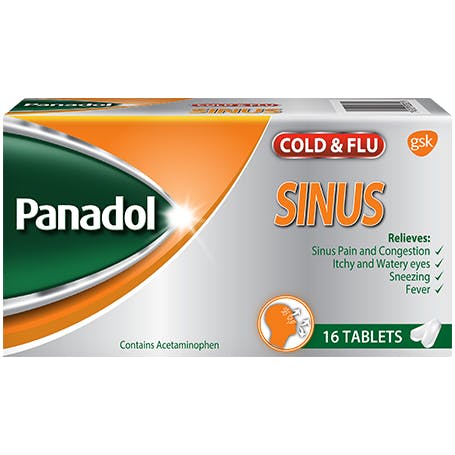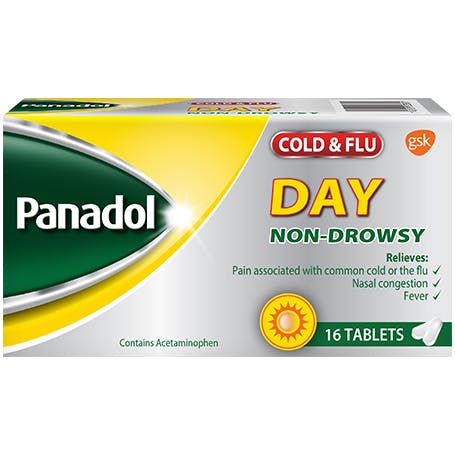
Everything you wanted to know about fever in adults
Fever comes in many forms. So, it’s always a good idea to learn how to assess an individual’s fever and understand when emergency care is needed.
In this article, we will cover the signs, solutions and things to look out for.
CAUSES OF FEVER
A fever is a temporary increase in your body temperature, often due to an illness. Having fever is a signal that something out of the ordinary is going on in your body.1
Fever is the result of the body’s immune response to a foreign agent, for example, viruses, bacteria, fungi, some medication, vaccination, and other toxins.1,2
Usually, fever isn’t a cause of concern, however, it can cause discomfort, and this is the main reason to seek relief for a raised temperature.1
SIGNS AND SYMPTOMS OF A FEVER
To measure body temperature, you can choose between several type of thermometer, including oral, rectal, ear and forehead (temporal artery). Thou all of them are useful, generally, oral and rectal provide with the most accurate measurement of core body temperature. It is recommended to ask a health professional for information on how to use the thermometer correctly.
Although fever could be considered as temperature above the normal temperature of 37° C, medically, a person is not considered to have a significant fever until the temperature is above 38.0°C.1
In addition to the elevated temperature, and depending on the cause of it, other symptoms and signs of fever could include1:
- Sweating
- Chills and shivering
- Headache
- Muscle aches
- Loss of appetite
- Irritability
- Dehydration
- General weakness
When there is a high fever (40°C or higher), seizures, hallucinations, and confusion may occur. It is always necessary to seek medical attention for high fever or if these symptoms occur.
MANAGING YOUR FEVER
Having a fever is a sign that something out of the ordinary is going on in your body.1
Here are some tips to help you manage your fever:
• Drink plenty of fluids. Fever can cause fluid loss and dehydration, so it is important to keep drinking.4
• Try to rest, rest will help your body to recover. As activity can raise your temperature further, it is important to get plenty of rest.44
• Stay cool. Dressing in light clothing and keeping the room temperature cool will help your body not get too hot. Bedclothes can also be kept to a minimal by using a sheet or light blanket.4,5
• Other ways to ease the discomfort associated with fever include sponging the body with slightly warm water or using a fan to circulate air.2
• Take fever-receding medication2-4 like Panadol Extra Strengh*. If your fever is associated with cold or flu symptoms, you can take Panadol Multisymptom* or Panadol Non Drowsy*.
HOW PANADOL HELPS
One of its core ingredients in all Panadol products is acetaminophen, an antipyretic that helps reset the body’s thermostat and lowers raised temperatures. Panadol can help reduce fever and help you feel better.
If you fever is not accompanied with other symptoms, you can use Panadol Extra Strength*. If it is accompanied by strong pains, such as muscular or strong headaches, you can use Panadol Ultra*. If your fever is accompanied by other cold or flu symptoms, such as congested nose or dry cough, you can take Panadol Multisymptom*.
*For more detailed information, please refer to the product labelling. Take only as directed and always refer to the label before use. In case of doubt, please seek medical advice. Your pharmacist or doctor can help advise on the most appropriate treatments for you. If your symptoms persist or worsen, you should consult your doctor.
Do not take with any other products that contain the same active ingredient(s). Taking products containing any of the same active ingredients together may lead to an overdose. Immediate medical advice should be sought in the event of an overdose, even if you feel well.

1. High fever
A fever of 39.4°C (103°F) or higher in adults demands prompt medical attention (a lower temperature may be cause for concern in children or babies, call your doctor if you are unsure)

2. Severe headache

3. Unusual skin rash, especially if the rash worsens rapidly

4. Unusual sensitivity to bright light

5. Stiff neck and pain when you bend your head forward
.jpg?auto=format)
6. Mental confusion

7. Persistent vomiting

8. Difficulty breathing or chest pain

9. Abdominal pain or pain when urinating

10. Pregnant woman should visit the doctor when temperature is above 38°C.
REFERENCES
1. Mayo Clinic (2020, May 13). Fever: Symptoms and causes. Available at: https://www.mayoclinic.org/diseases-conditions/fever/symptoms-causes/syc-20352759
2. MedicineNet (2019, July 1). Fever in Adults and Children. Available at: https://www.medicinenet.com/aches_pain_fever/article.htm
3. Mayo Clinic (2020, May 13). Fever: Diagnosis and Treatment. Available at: https://www.mayoclinic.org/diseases-conditions/fever/diagnosis-treatment/drc-20352764
4. Mayo Clinic (2020, April 11). Fever treatment: Quick guide to treating a fever. Available at: https://www.mayoclinic.org/diseases-conditions/fever/in-depth/fever/art-20050997









